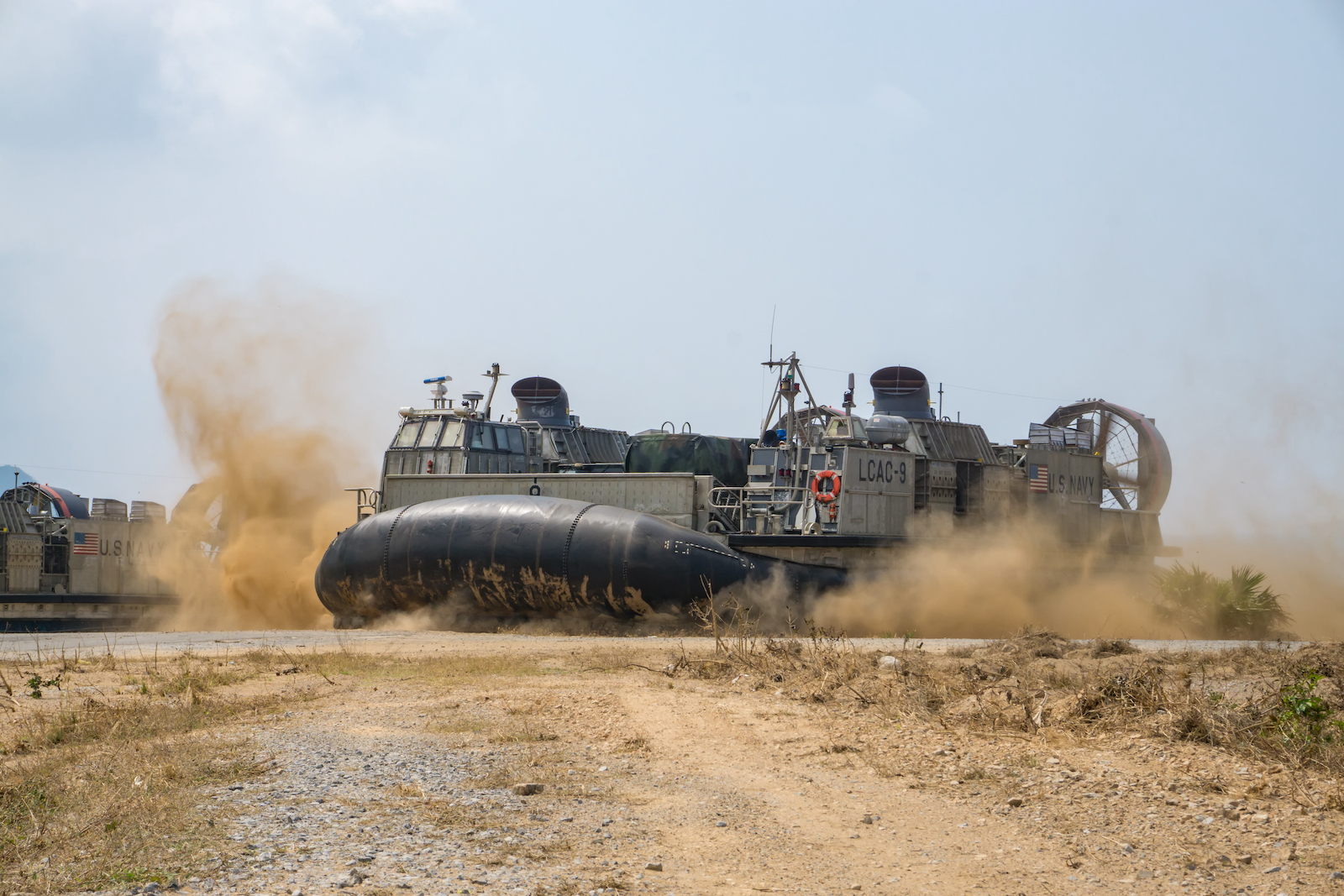
The Pacific Needs More than Promises from Washington
The Pacific has once again reemerged as one of the epicenters of strategic power competition. The rapidly unfolding Sino-American rivalry has garnered prominent media attention as both states have ramped up high-level diplomatic visits to these vital strategic waterways. Others have followed suit – promulgating a complex web of bilateral, multilateral, and “minilateral” deals in various sectors.
Just last week, U.S. Secretary of State Antony Blinken paid a visit to the tiny archipelagic state of Tonga, which resides northeast of New Zealand with roughly 100,000 inhabitants, to establish a new embassy while warning his Tongan counterparts about the perils of “predatory” Chinese investments. Nuku’alofa has already amassed alarming levels of debt – about two-thirds of which is owed to Beijing. Tonga’s significance lies in the country’s vast exclusive economic zone three times the size of the continental U.S. with access to vital fisheries and mineral resources.
U.S. Secretary of Defense Lloyd Austin visited Papua New Guinea to discuss the next steps in the recently inked bilateral security deal. The deal enables Washington to gain access to critical dual-use facilities, including air and sea ports, in several areas and an opportunity to erect a naval base on Manus. Both secretaries are also set to tour Australia, while Blinken will also visit New Zealand concerning the AUKUS deal.
The tandem secretary-level visits underscore rising tensions in the region amid an escalating Sino-American tit-for-tat geostrategic campaign. Since the Cold War era, regional competition once again looms large. However, where things get complicated is that in the eyes of many who live in the region, American influence is on the wane, while China’s is on the rise. The challenge for Washington is how it will incentivize countries to turn away from Beijing.
In recent years, like-minded Western partners have also stepped up their regional endeavors to reassert their commitment to the Pacific. Just last week, French President Emmanuel Macron paid a multi-country trip to the region, where he was welcomed with the deployment of Rafale fighter jets in New Caledonia. Macron has reaffirmed France’s role as a “balancing force” in the midst of a deteriorating geopolitical climate. France maintains three territories in the region, namely French Polynesia, New Caledonia, and Wallis and Futuna.
Beijing’s growing tentacles of influence in the Pacific were, in large part, enabled by Washington’s waning regional leverage over the last two decades. In the early 2000s, Beijing quickly recognized the operational reality of a distracted lone superpower and the ease with which it could bolster its influence in Africa and Asia. Over the last several years, Beijing has enhanced its cultural, economic, political, and security cooperation with several key Pacific states. And in the process, it has compelled many to rescind their recognition of Taiwan.
In 2004, the remote island of Vanuatu – in the South Pacific Ocean – switched diplomatic ties from Taiwan to China. In 2019, the Solomon Islands derecognized Taiwan and established official diplomatic ties with China. In the years to follow, Beijing signed a historic security pact with Honiara in April 2022. The deal enables Beijing to maintain an increased security presence if Chinese leaders perceive a threat against the safety of their citizens and major infrastructure projects, or if Honiara directly requests assistance to “maintain social order.” The U.S. subsequently signed a joint partnership declaration with most Pacific states, including Honiara, and reopened its embassy in Honiara nearly three decades later.
As Washington seeks to reaffirm its commitment to the “priority theater,” the sequence of impetuous defensive engagements that have ensued tell another narrative. Third-party regional states have drawn widespread criticism and related political demonstrations of enhanced U.S. diplomatic visits in areas where China has attempted to procure security cooperation agreements.
While the U.S. military is largely recognized as a positive regional force with several joint and combined military exercises, humanitarian assistance and disaster relief missions, and other defense exchanges, the timing of the current high-level diplomatic visits by senior policymakers is perceived with malintent. Smaller island states are now compelled to choose between two regional hegemons through various carrots and sticks.
Instead, policymakers in Washington should remain proactive with their regional foreign policy imperatives and build on several mutual principles, such as mitigating climate change, tackling piracy, securing unimpeded access in international waters, and enhancing digital security. The mutual concerns should serve as the underlying basis for American geostrategy with proactive bilateral exchanges in various sectors sustained through generations, besides the typical four-to-eight-year election span.
Rather than enacting short-term policy and reversing diplomatic course, the U.S. should emphasize its efforts on building multifaceted partnerships through cross- economic, educational, and cultural initiatives as a prerequisite or in equal importance to defense cooperation. As Washington reorients itself to mitigate rising tensions with Beijing nearly two oceans away, regional partnerships and alliances will be key to contain and eventually roll back expanding Chinese influence.

